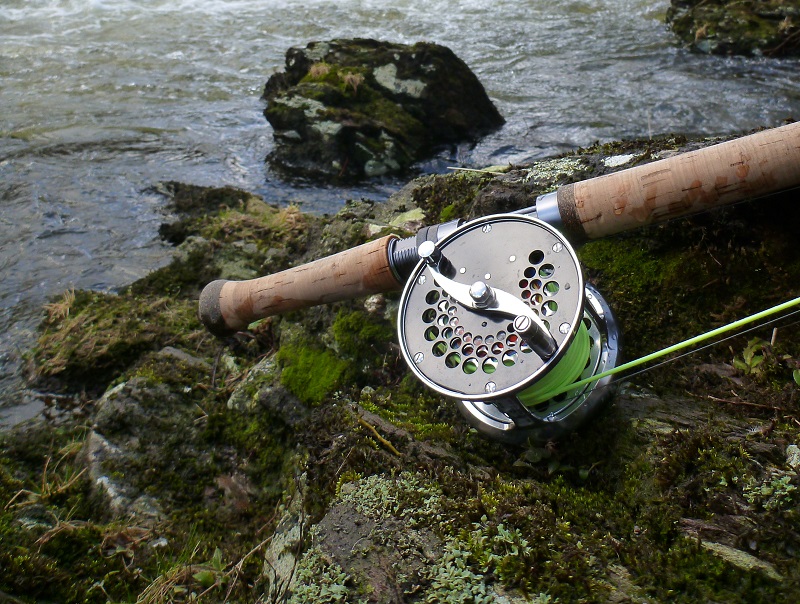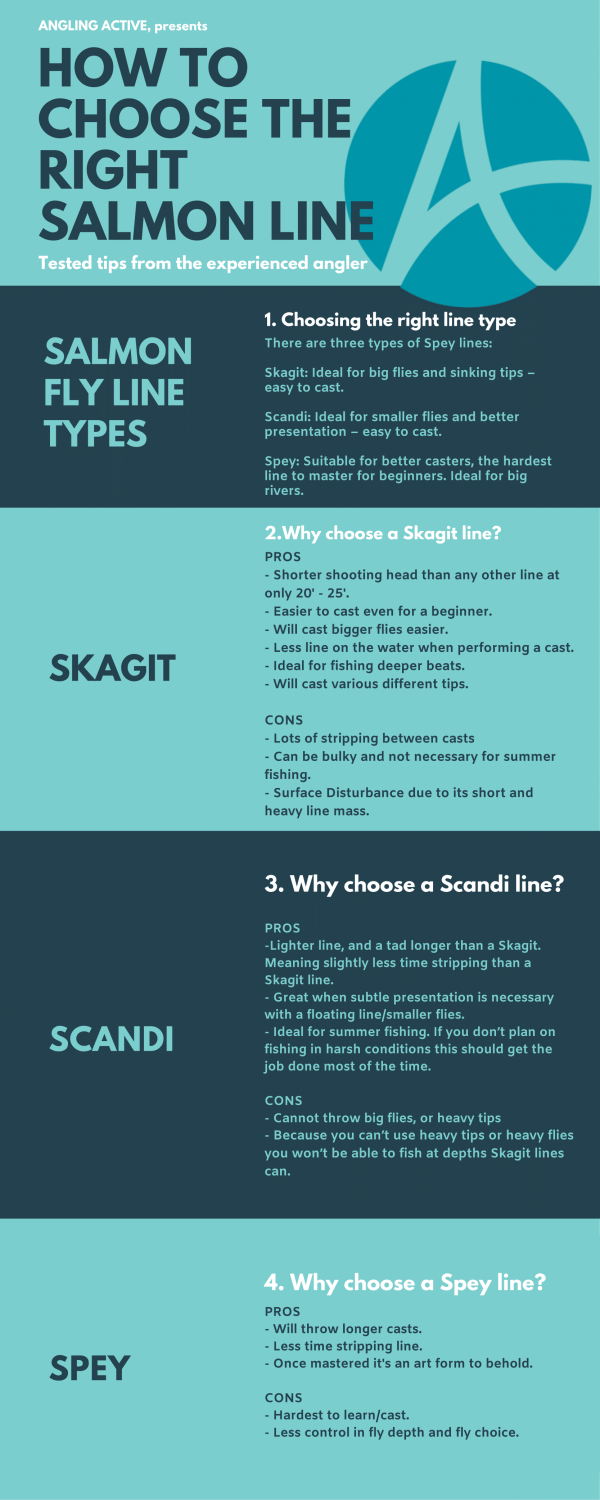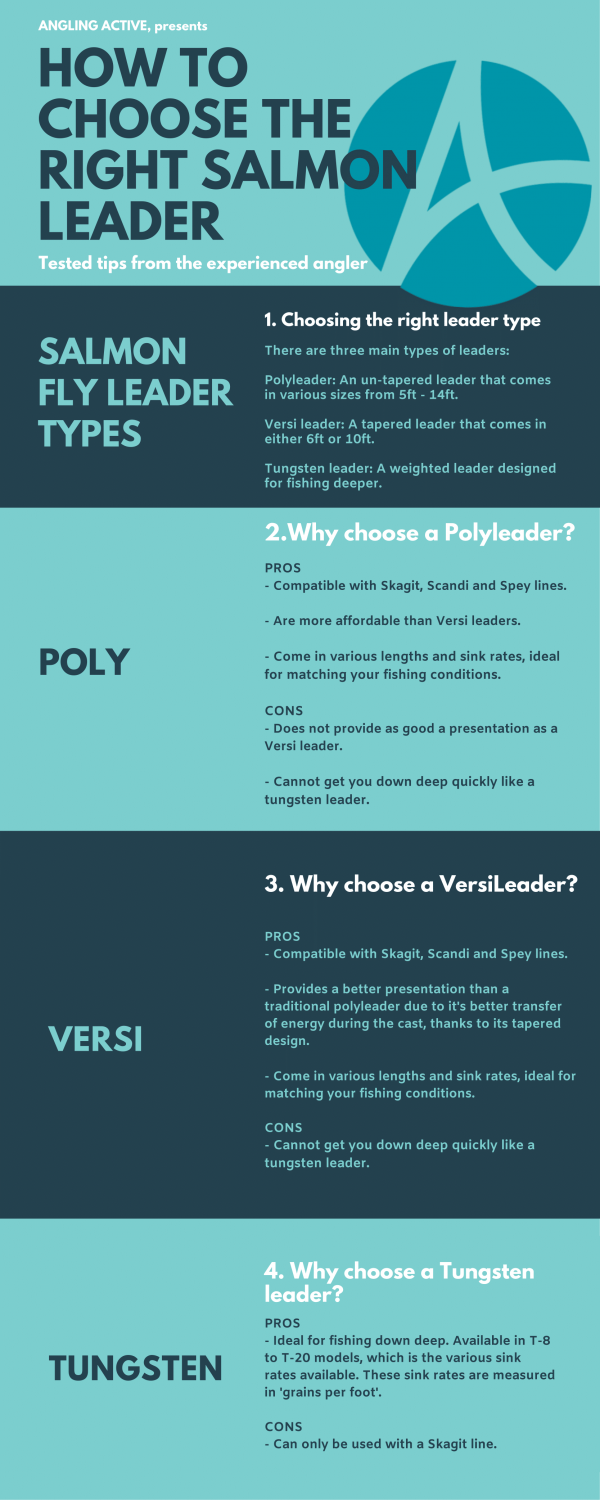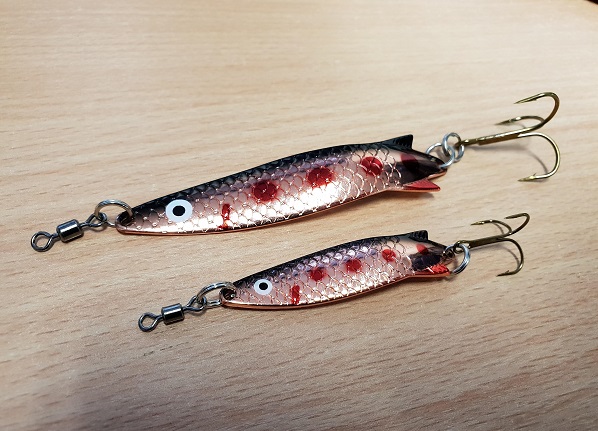Spey lines can be broken down into two categories: integrated lines and head line systems. Integrated lines are one continuous piece of line and are what traditional Spey lines are made up of, the head and running line are constructed into one piece with a seamless join between the two parts.

Head line systems, are made up of multiple pieces that all join together using loop to loop connections to form a full line system. The head is entirely separate from the running line, these versatile line systems allow you to customise your setup to your fishing conditions and more importantly, provide a balanced setup that suits your casting style and technique.
With the introduction of head line systems, more and more salmon anglers are now turning to these more innovative setups.
To view our full range of salmon fly lines, click here.
TRADITIONAL SPEY
As we previously mentioned, traditional Spey lines are an integrated line that features a long head and long total length. They excel on longer rods circa 15ft and offer the opportunity for longer casts. Spey lines average 100ft+ in length with 50ft of this length being made up of the head length itself. (The head length itself makes up the casting weight of the line and should always be off the reel before performing a cast.)
The diagram below shows the components required for a Traditional Spey line set up.

Spey lines allow you to cover large bodies of water more effectively and can provide an delicate presentation when needed.
There are three styles of Spey lines, a short-belly, mid-belly and long-belly line.
Short belly lines are ideal for beginners that want to dive into the world of mastering the traditional Spey line. Coming in at 45-55ft in length, the shorter length makes it the ideal introduction to the beginner/novice salmon angler.
Mid-belly lines are ideal when you’re wanting to turn over reasonably heavy tips or flies. They also require less back casting space than a long belly line.
Long belly lines are great for presenting a shallow running fly. Long belly lines excel with floating leaders.
As a rule of thumb, the better the caster you are and the longer the head length means the longer the distance you will be able to cast. Longer headed Spey lines also offer more line control when fishing your fly, the longer belly makes mending the line far easier. Another great benefit of longer headed Spey lines is the unnecessary need to strip loads of line to perform your next cast. This also eliminates the need to manage as much running line.
Click here to view our full range of Spey lines.
SKAGIT
Skagit heads are designed to be fished down deep. However, they are a very versatile head. They can be fished with Poly, Versi and Tungsten leaders. This gives you a very customisable setup.
Where the Skagit comes into its own is it’s heavy and short mass, Skagit lines lift weight very easily and are ideal for fishing large or heavy flies. Likewise, a fast sinking tip is far easier to cast on the end of a Skagit line than either a Spey or Scandi line. Skagit heads are short too, meaning they are the easiest of all Spey line designs to cast and are easier for a newcomer to master. The pitfall of the Skagit is it can’t be used in shallower water, the heavy line mass creates a certain amount of surface disturbance that can spook fish that are near the surface, so we recommend staying away from a Skagit line where a shallower and more delicate presentation is required.
The diagram below shows the components required for a Skagit line set up.

Click here to view our full range of Skagit lines.
SCANDI
Scandi (Scandinavian) lines are designed to be fished primarily on or near the surface. They provide a more delicate presentation, featuring a longer front taper and thinner tip diameter for presenting flies to fish closer to the surface.
Fishing sink tips off Scandi heads allows you to work the fly slightly deeper, but the lines are generally intended to be fished with floating, hover, or intermediate leaders.
The diagram below shows the components required for a Scandi line set up.

Click here to view our full range of Scandi lines.

Once you have gained a thorough knowledge of the various line systems available. You then need to match the right leader/sink tip to the line system you are using. Below is a quick info-bite on what sink tips/leaders are compatible with each of the line systems that we went through earlier in the article.

Click here to view our full range of sink tips and leaders.
SUMMARY
We hope after reading our article, that you have gained a better understanding of the various salmon fly lines available and what properties they have to offer to tackle various fishing conditions.
To find out more about the best salmon flies to use throughout the year, check out our “Best Salmon Flies” blog.





